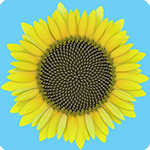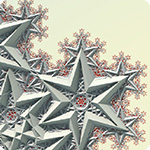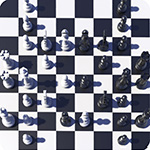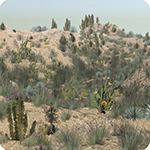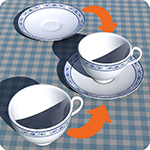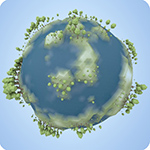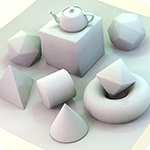An in-depth tutorial on the principles of writing L-Systems in Houdini using examples from Aristid Lindenmayer’s book ‘The Algorithmic Beauty of Plants’ (1:39:07 minutes)
Category Archives: Nodes
Copy Stamping and the Foreach Loop
This tutorial describes how to use point attributes to influence upstream input nodes, first using the traditional Copy Stamp Node then again using the Foreach Loop nodes as recommended by sidefx. Then it takes an in depth look at the other uses of a Foreach loop: Looping by pieces, by number, and fractals. (77:38)
Attribute Transfer Node
This tutorial looks at the Attribute Transfer Node which passes information from one object to another based on their position in space. It uses a network that places tree roots on a hillside to demonstrate various ways in which attribute transfer can be used to create realistic procedural scenes. (54:00)
Group Nodes
This tutorial looks at how to create and use groups in Houdini. It covers the group node, the group range node, the group transfer node and the group combine node. These are demonstrated by the creation of a chessboard which is controlled by chess notation. (30:19)
Scatter Node
A look at the Scatter Node which is used to place random points on a surface. It covers different ways of driving point placement (point counts, textures, density attribute) and dives deeper into working with attribute VOPs. It demonstrates how this node can be used to create a realistic distribution of vegetation. (35:58)
Merge Node
A short tutorial on how and when to use the merge node, and how you can use groups to access individual sources after they have been merged. (10:04)
Introduction to VOPs
This tutorial is an introduction to the VOP network which is too large a subject to cover in a single tutorial. We look at the attribute VOP and explain how it is used to manipulate and create point attributes, focusing on maths and noise. These are used to create a low polygon little planet. (43:18)
Geometry Primitives
An in depth look at the Geometry Primitives that can be used as basic building blocks in Houdini. This is a very practical tutorial that will tell you everything you need to know about the different types of geometry you can create and when you might want to use them. (23:58)
Transform Node
This tutorial look at the Transform node, which is relatively simple, then uses this interface to demonstrate some of the power of Houdini to drive parameters with expressions. It shows how just this one node can be transformed into a useful tool called a Houdini Digital Asset, and how to set this up. (20:10)

